Achieving Net-Zero Energy Goals with Commercial Metal Buildings
As the world increasingly prioritizes sustainability, achieving net-zero energy goals has become a critical focus in the construction industry. For commercial buildings, this goal is more attainable than ever, thanks to innovations in metal building design. Let’s explore how commercial metal buildings can help achieve net-zero energy and answer some common questions about this ambitious target.

What Are the Drawbacks of Net-Zero Buildings?
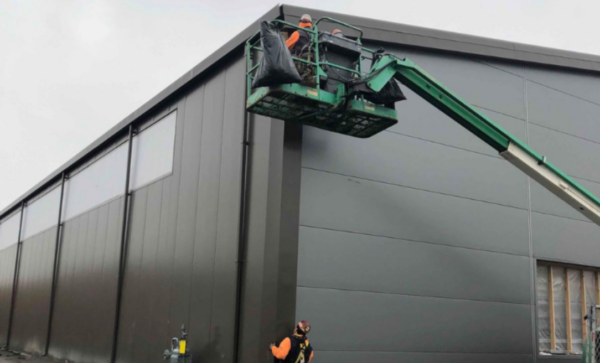
While net-zero energy buildings (NZEBs) offer many benefits, such as reducing operational energy costs and environmental impact, they come with some challenges:
1. Initial Costs: The upfront costs for designing and constructing a net-zero building can be higher than traditional buildings due to the need for advanced insulation, renewable energy systems (e.g., solar panels), and energy-efficient technologies.
2. Design Complexity: Achieving net-zero energy requires meticulous planning and design, especially to balance energy use and generation. This complexity can increase design time and require specialized expertise.
3. Maintenance: The systems used to achieve net-zero, like solar panels and energy-efficient HVAC systems, require regular maintenance to keep the building operating at optimal efficiency. Despite these challenges, the long-term savings in energy and reduced environmental footprint often outweigh these initial obstacles.
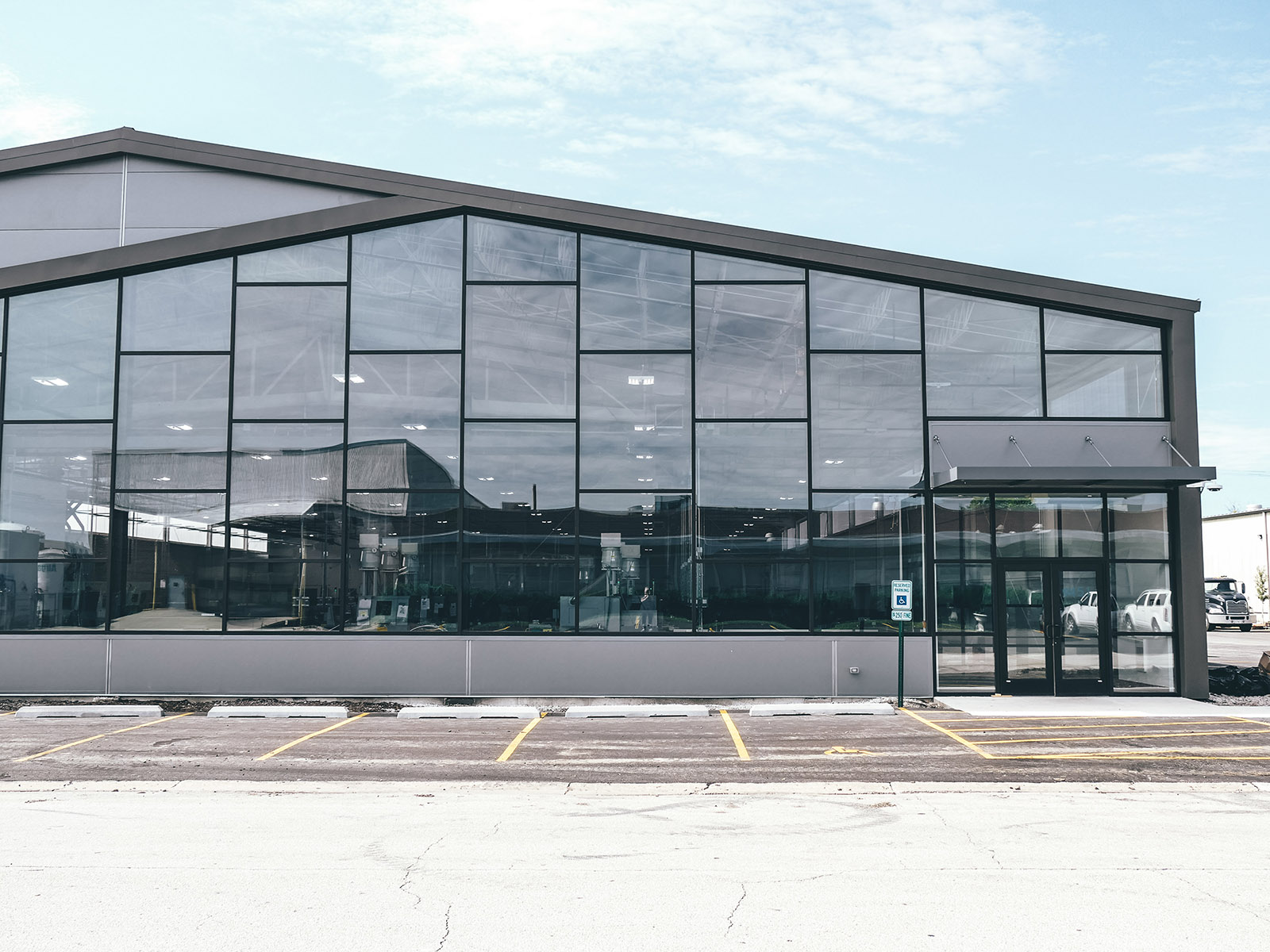
How Much Does It Cost to Build a Net-Zero Building?
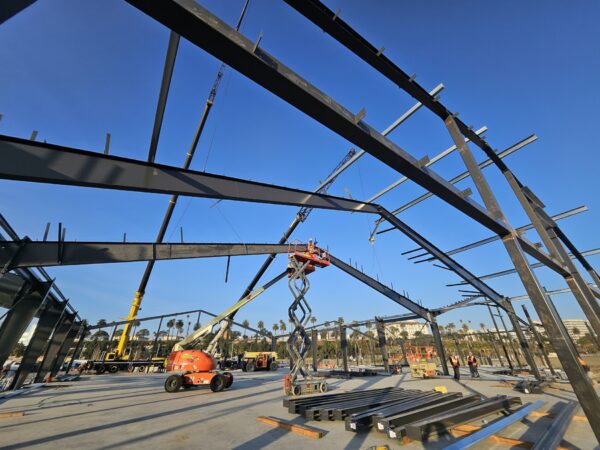
The cost to build a net-zero energy building varies based on the size, location, and materials used. On average:
- Basic net-zero construction can cost 5% to 15% more than a conventional building, largely due to the need for high-performance insulation, solar panels, and energy-efficient systems.
- Commercial net-zero buildings can range anywhere from $150 to $350 per square foot, depending on the complexity of the design and the renewable energy solutions incorporated.
While the initial investment may be higher, the long-term savings from reduced energy consumption can lead to a return on investment in as little as 5 to 10 years.
Are There Any Net-Zero Buildings?
Yes, many net-zero buildings exist today, including commercial spaces and public buildings. Notable examples include:
- The Bullitt Center in Seattle, often referred to as the “greenest commercial building in the world,” is a net-zero building that produces more energy than it consumes.
- The LEED Platinum-certified buildings, which often achieve net-zero energy through the use of solar power and highly efficient designs.
For commercial building owners, pursuing a net-zero energy target is increasingly becoming a viable and desirable goal, especially with advancements in energy-efficient construction and renewable technologies.
What Is the Difference Between Green Building and Net-Zero Building?
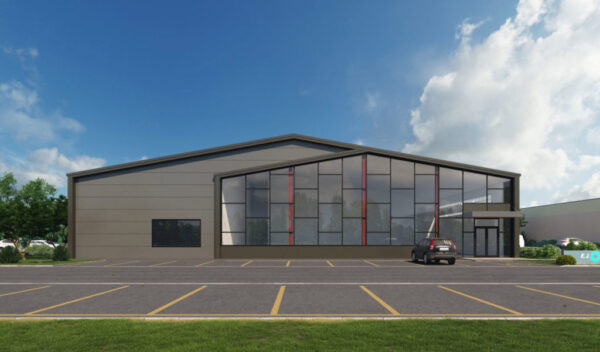
While both green buildings and net-zero buildings aim to reduce environmental impact, the key difference lies in their energy performance:
- Green buildings focus on sustainability through the use of eco-friendly materials, waste reduction, and energy-efficient systems. Green buildings are designed to reduce energy consumption but may not necessarily reach net zero energy use.
- Net-zero buildings, on the other hand, are designed to produce as much energy as they consume over the course of a year. This is achieved through renewable energy sources, energy-efficient systems, and optimized building envelopes. While green buildings emphasize sustainability in a broader sense, net-zero buildings take a more specific approach by focusing on balancing energy consumption with energy production.
How Metal Buildings Support Net-Zero Energy Goals
Metal buildings are an excellent choice for achieving net-zero energy goals. Here’s why:
1. Energy Efficiency: Metal buildings can be highly energy-efficient when combined with advanced insulation systems, such as insulated metal panels (IMPs), which help maintain consistent internal temperatures and reduce heating and cooling costs.
2. Solar Power Integration: Metal roofs are ideal for installing solar panels, helping to generate renewable energy on-site. This can significantly reduce a building’s dependence on external energy sources, moving it closer to a net zero energy status.
3. Durability and Longevity: Metal buildings are durable and low-maintenance, which aligns with the long-term sustainability goals of net-zero energy buildings.
4. Faster Construction: The prefabricated nature of metal buildings allows for quicker construction, which can help meet the aggressive timelines often associated with net-zero building projects.
Conclusion
Achieving net-zero energy goals with commercial metal buildings is not only possible but increasingly practical. Through the combination of energy-efficient designs, renewable energy integration, and the inherent benefits of metal buildings, business owners can create environmentally responsible structures that provide long-term savings. Despite some challenges, the long-term benefits of reduced energy consumption, lower operational costs, and a positive environmental impact make net-zero buildings a wise investment for the future.
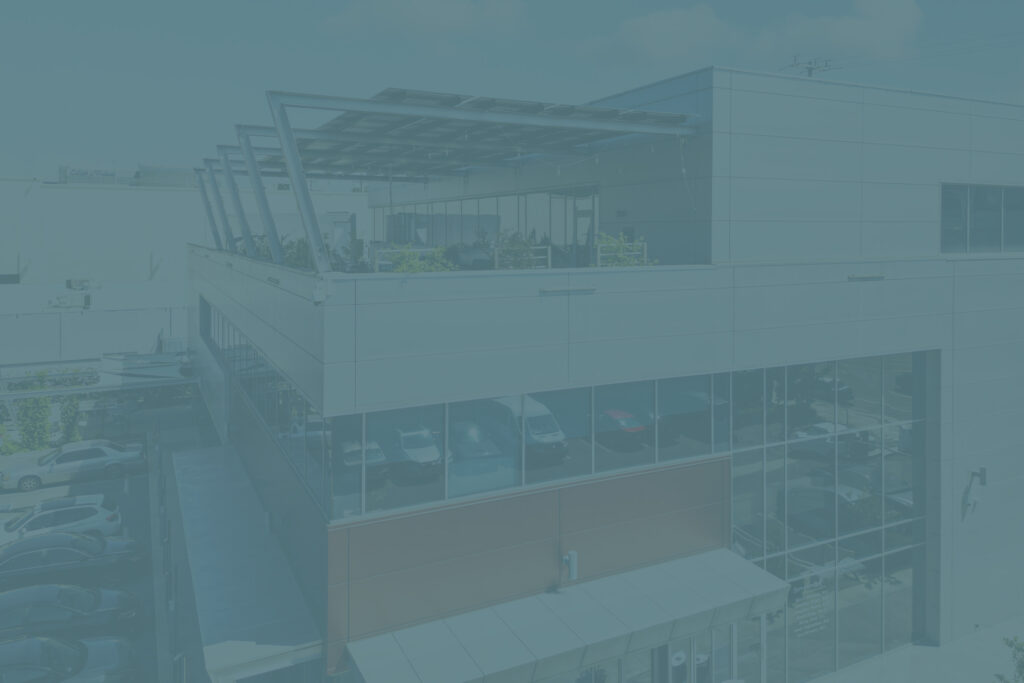
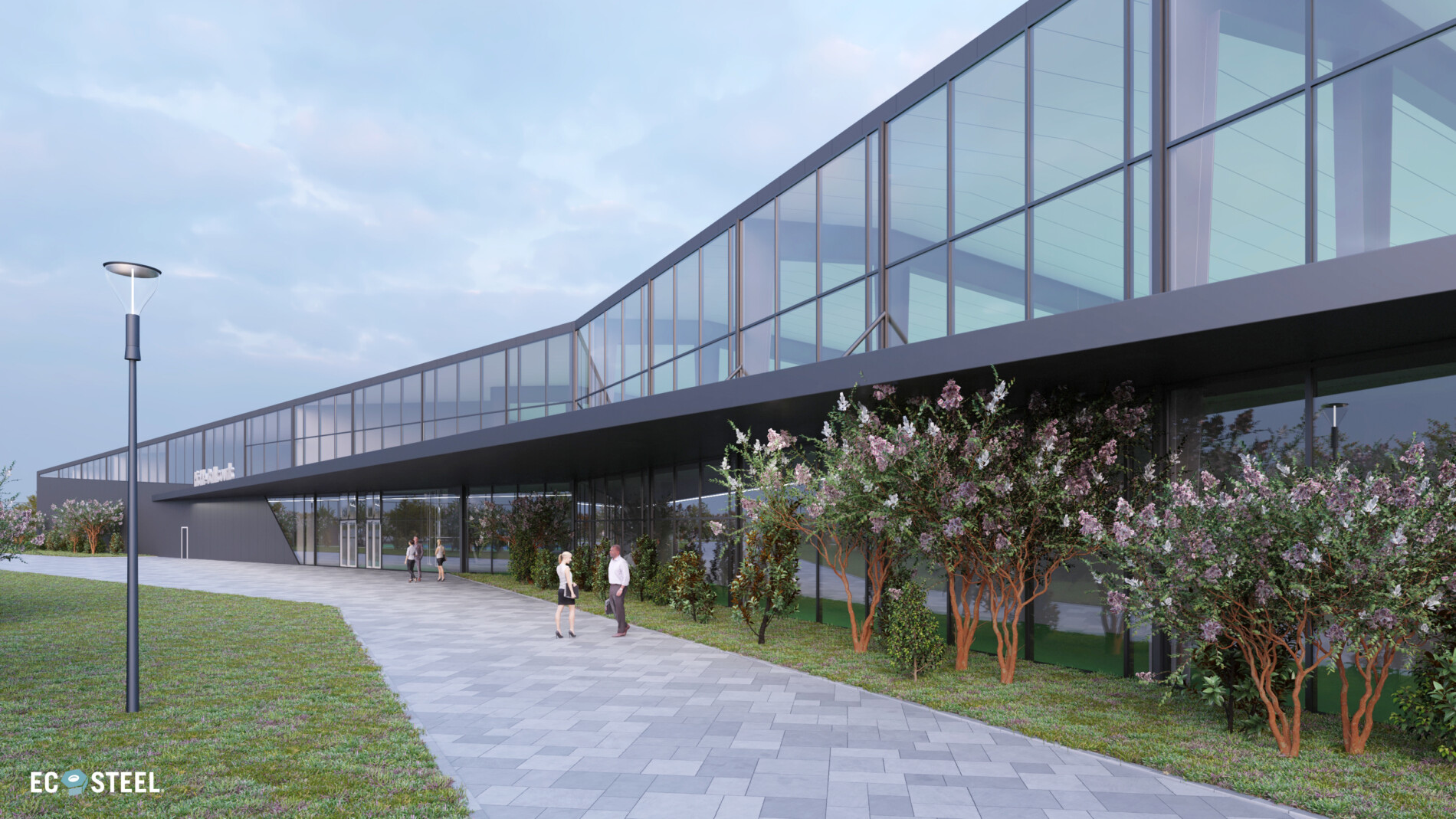
WHY ECOSTEEL?
EcoSteel building systems come in a variety of shapes and sizes, but at their core they all utilize a custom engineered structural steel frame and a high-performance insulated shell. From sub-zero temperatures to dry heat or high humidity, Mother Nature continually tests the limits of building envelopes. While our insulated wall panels are a popular option, sometimes they are substituted or combined with masonry, stone, pre-cast or tilt-up concrete, wood, glass or other architectural wall treatments. The versatility and flexibility of our building systems allows for a myriad of colors, shapes, textures and designs. Today’s building projects require the perfect combination of energy efficiency, creative versatility, and reduced construction cost.
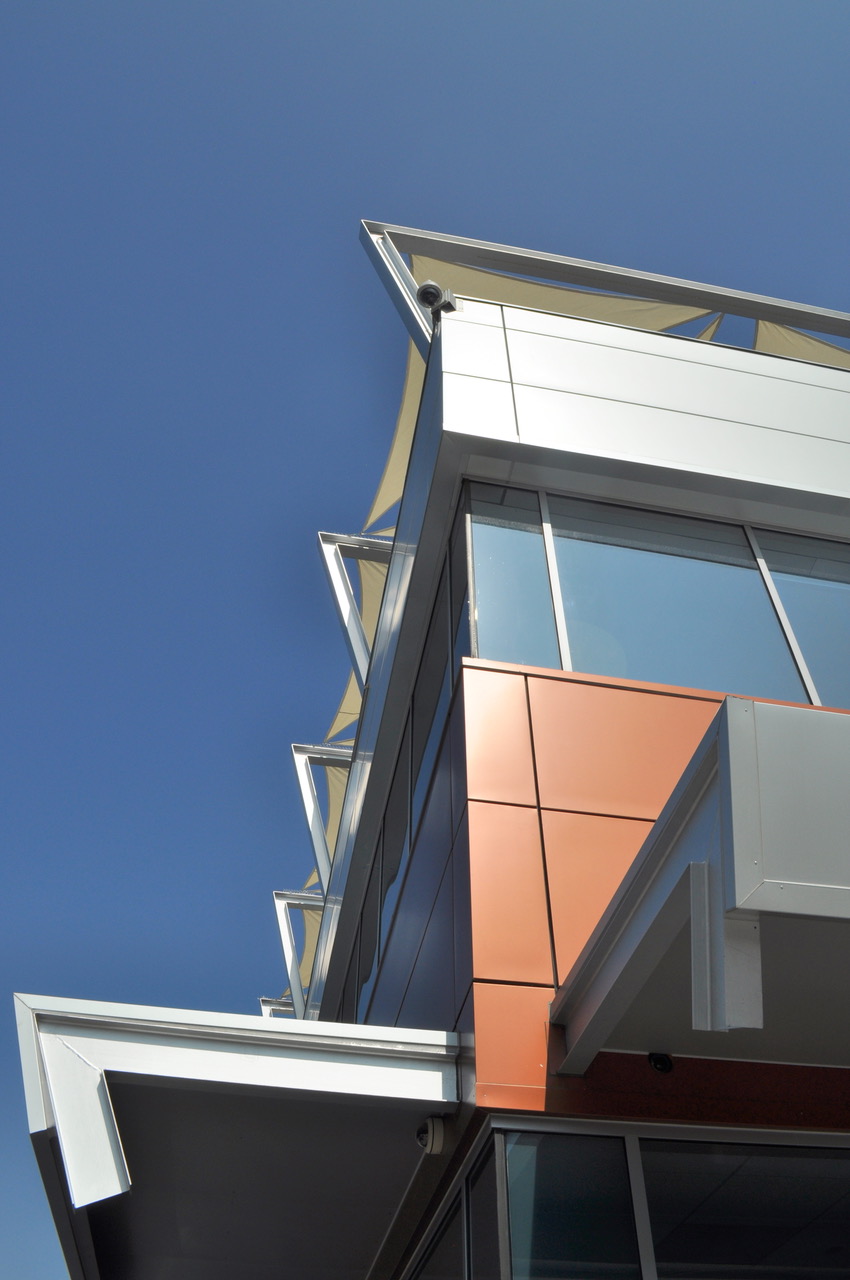
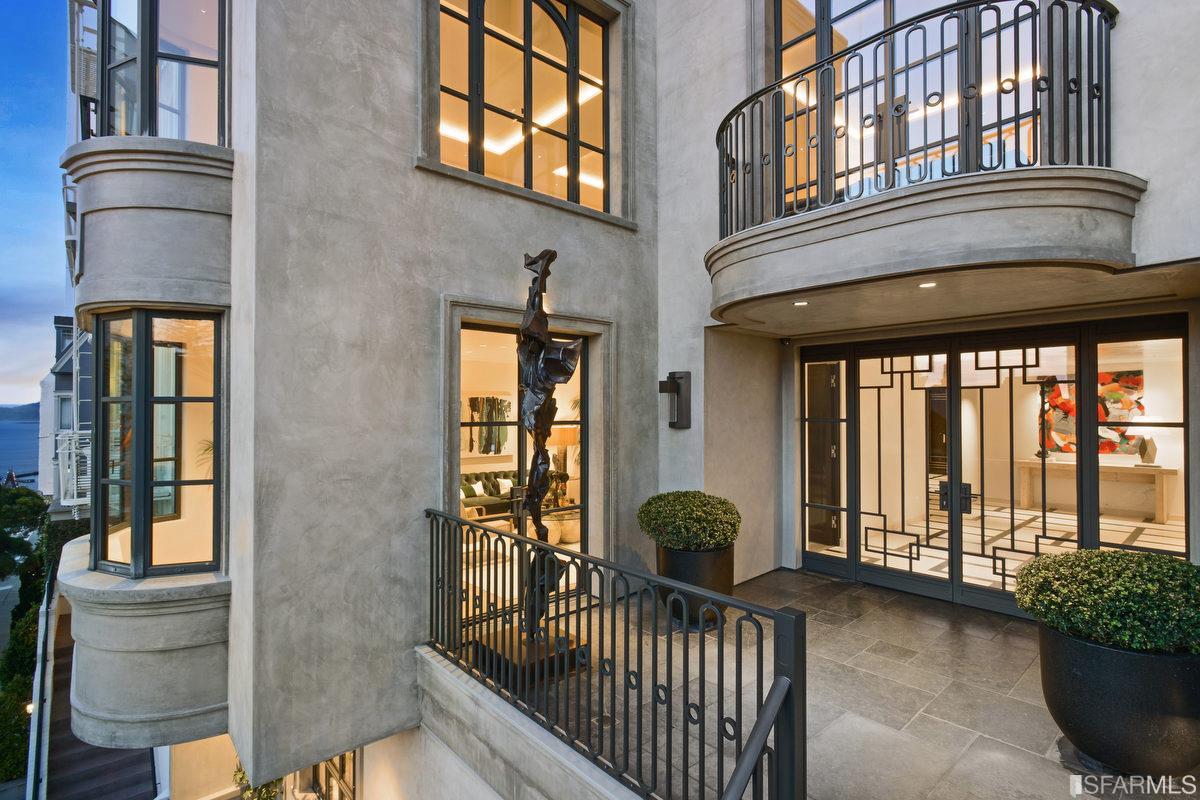
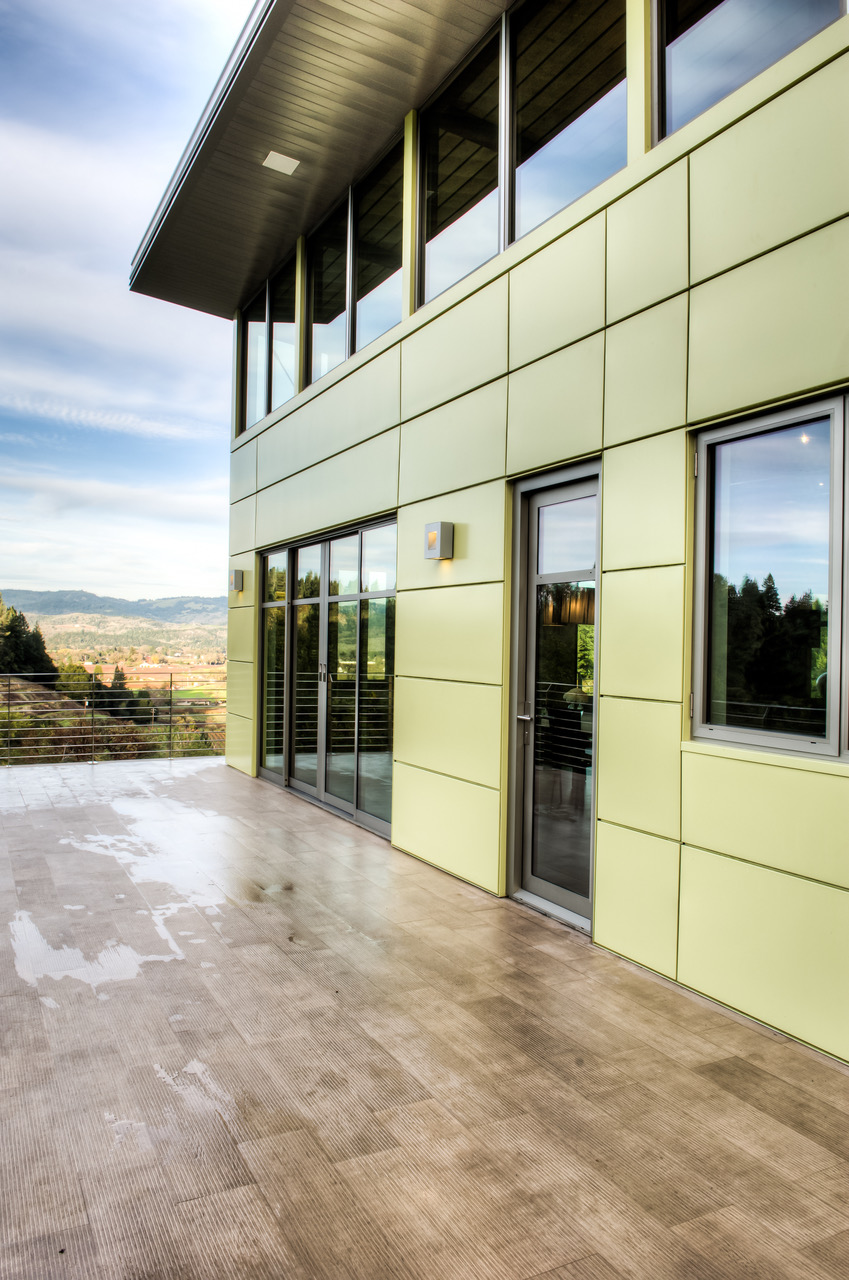
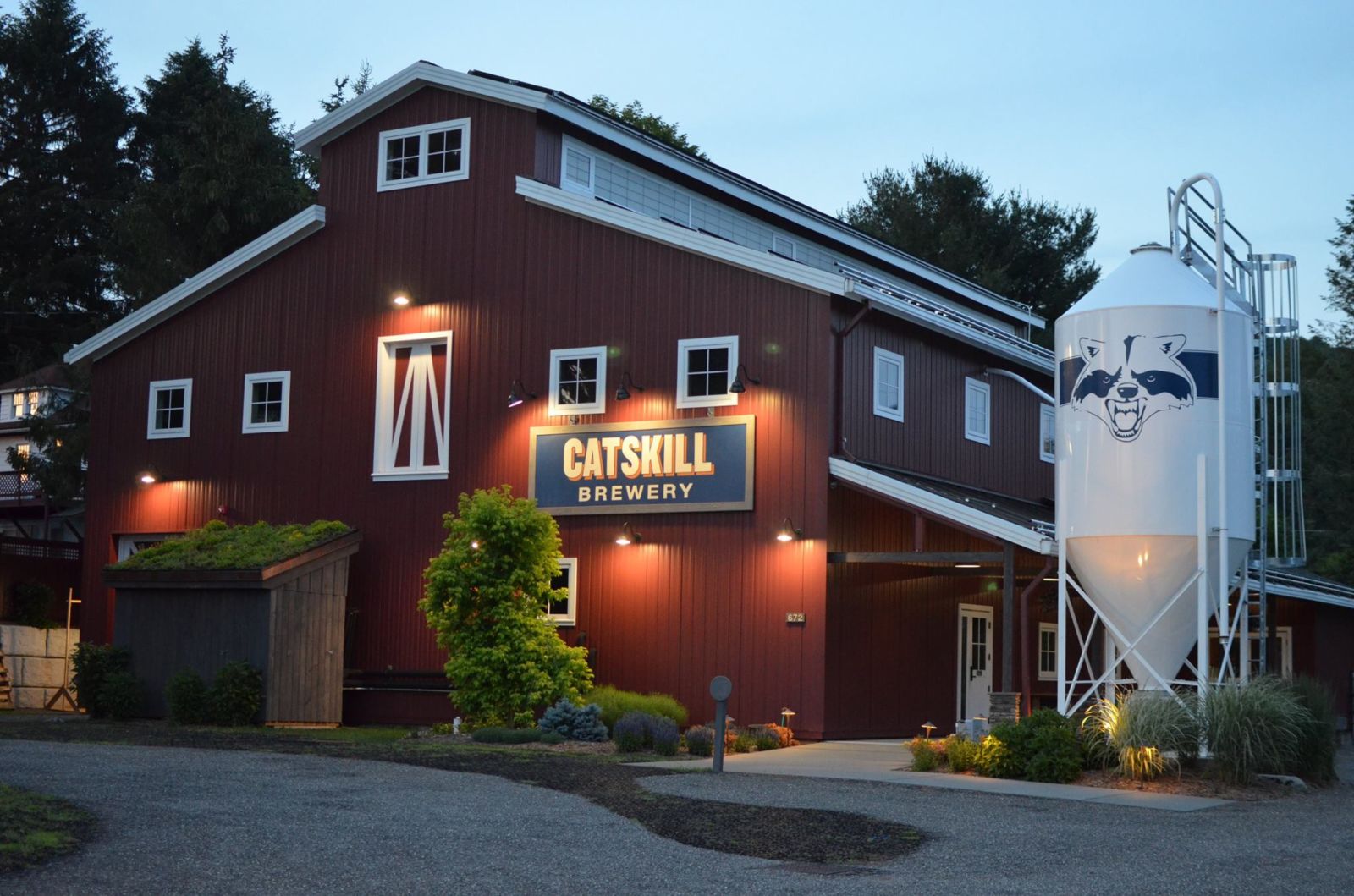
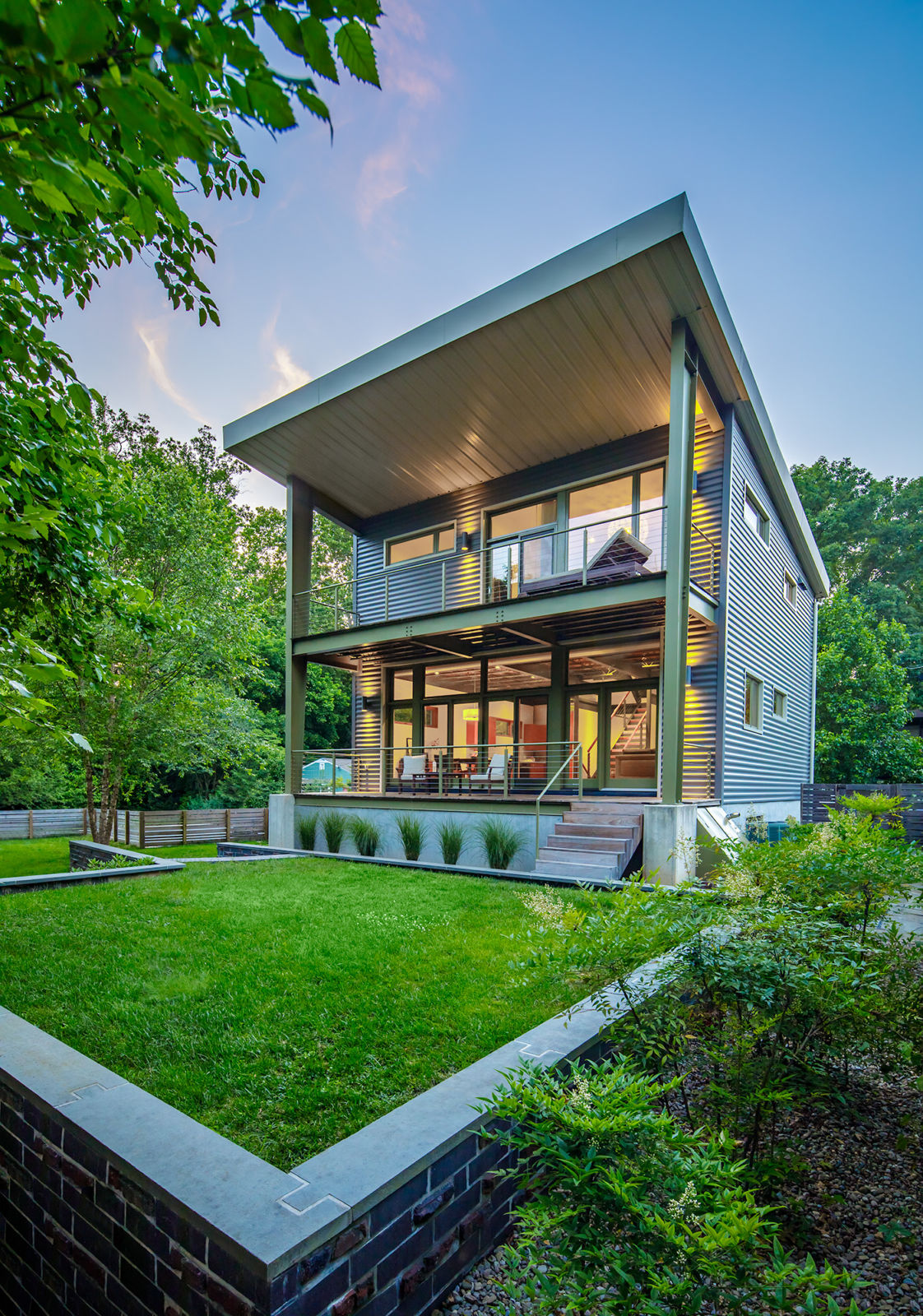
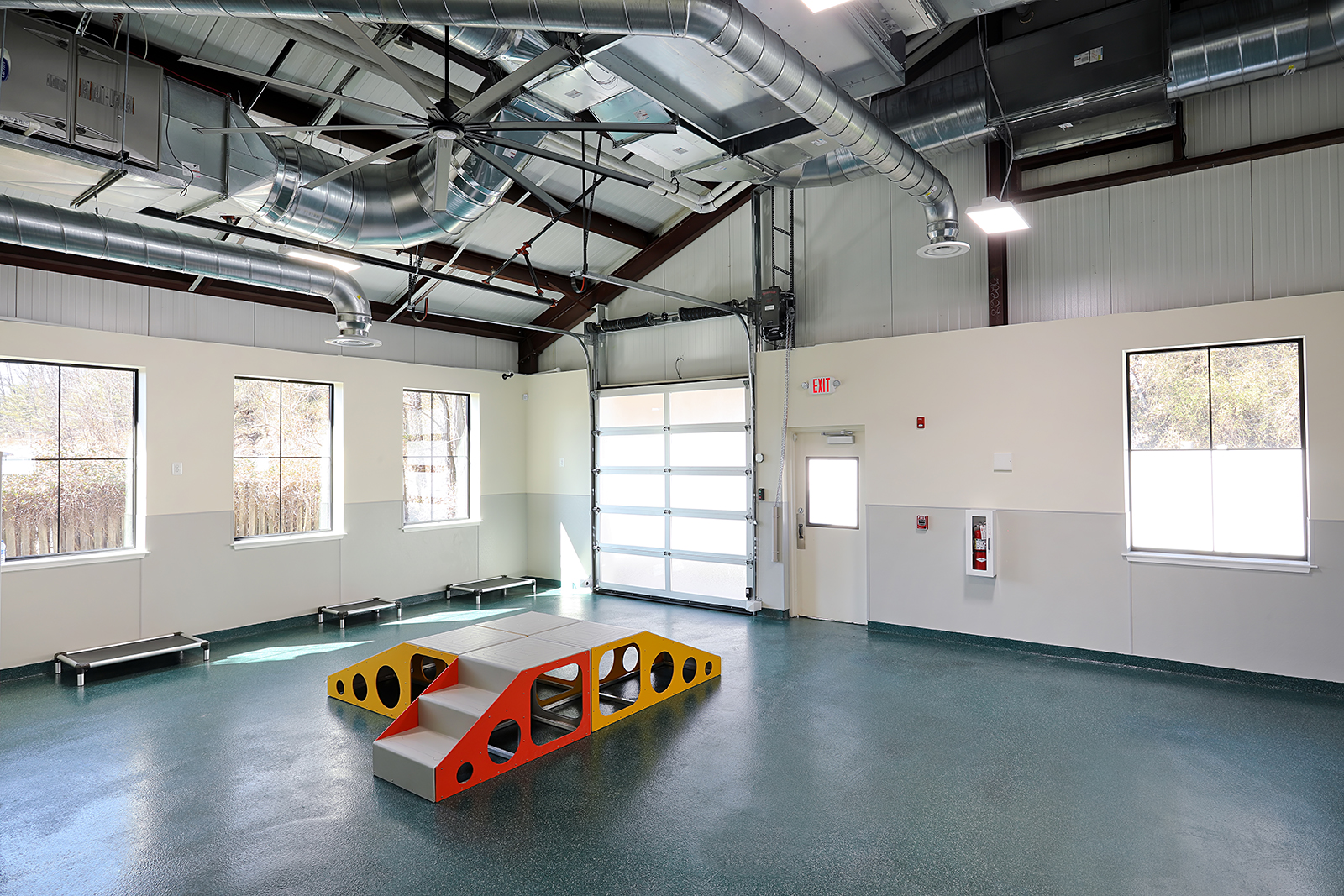
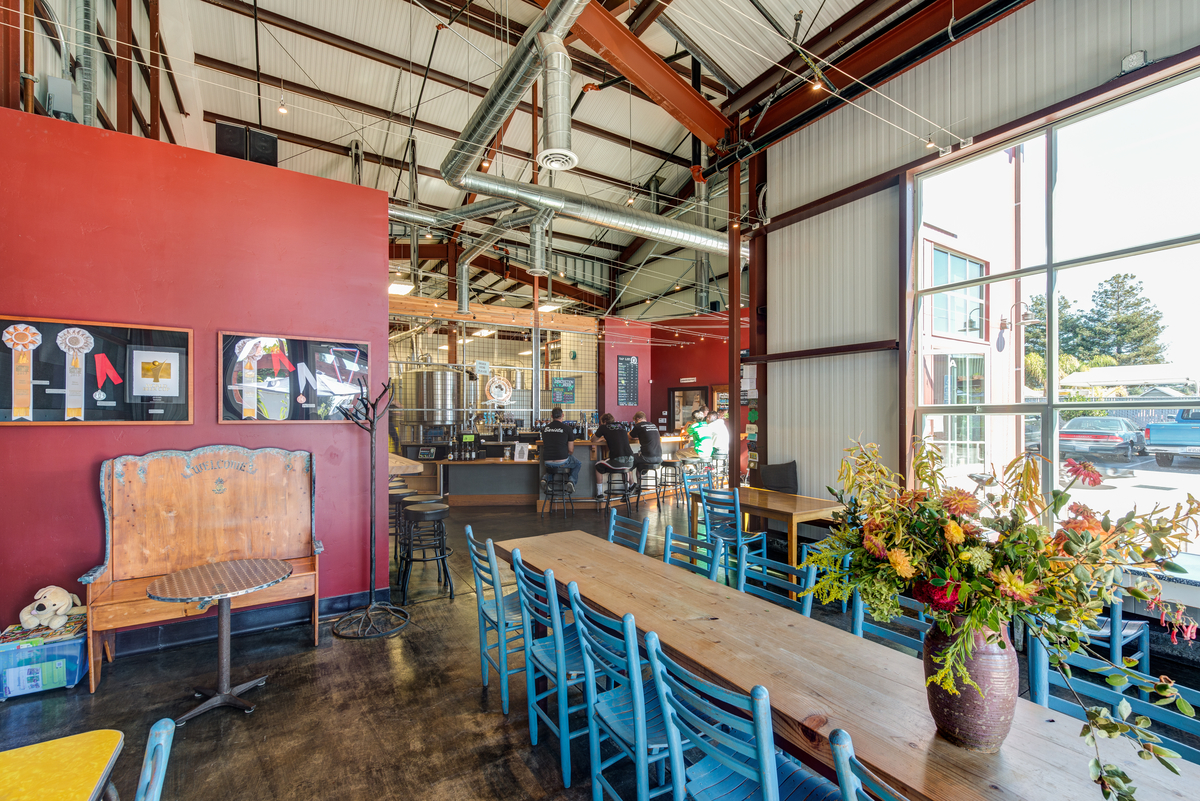
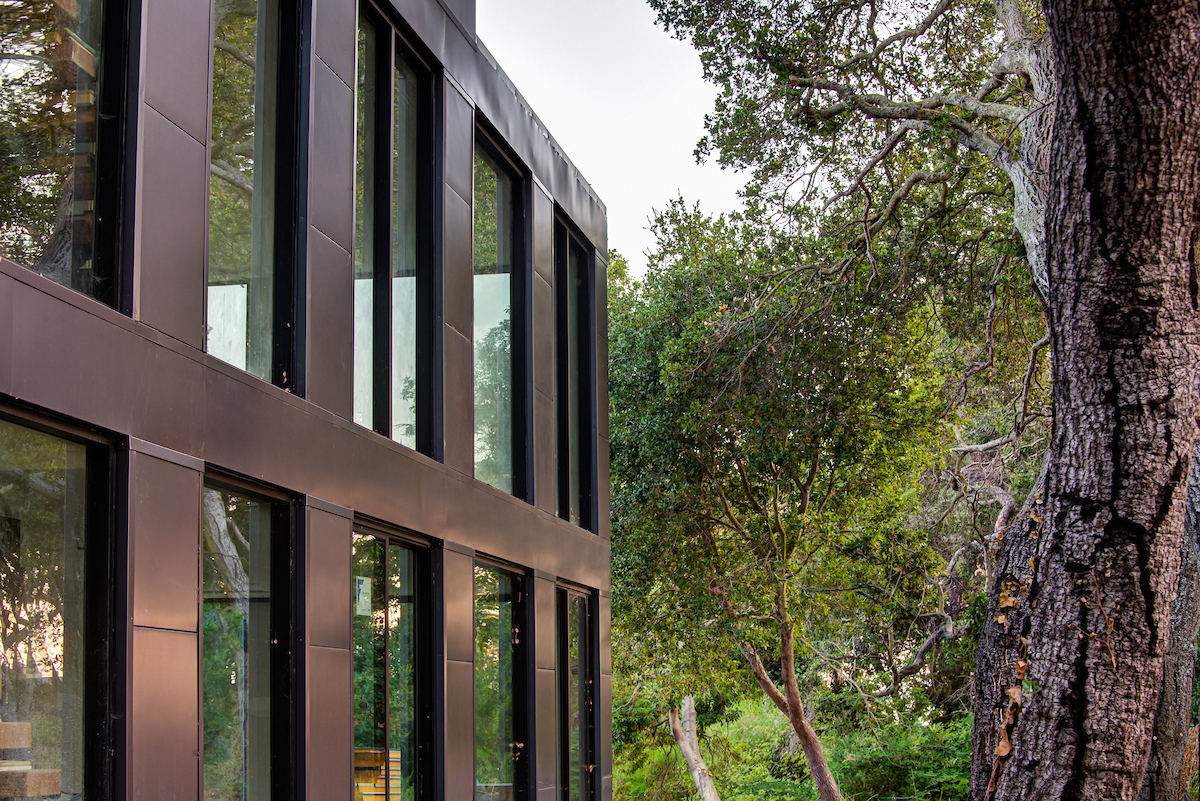
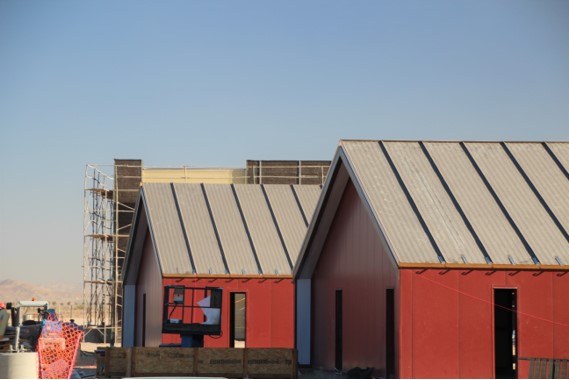
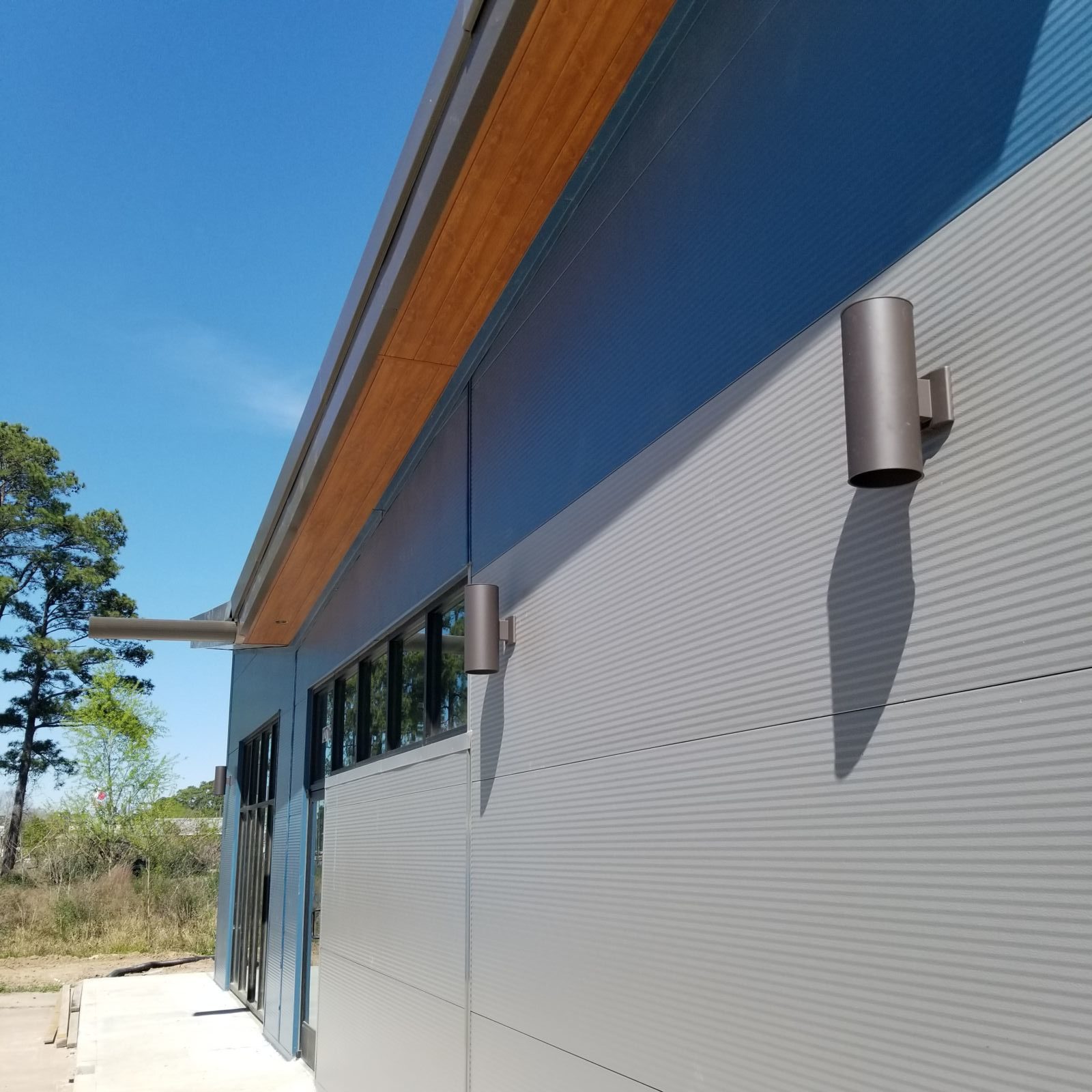
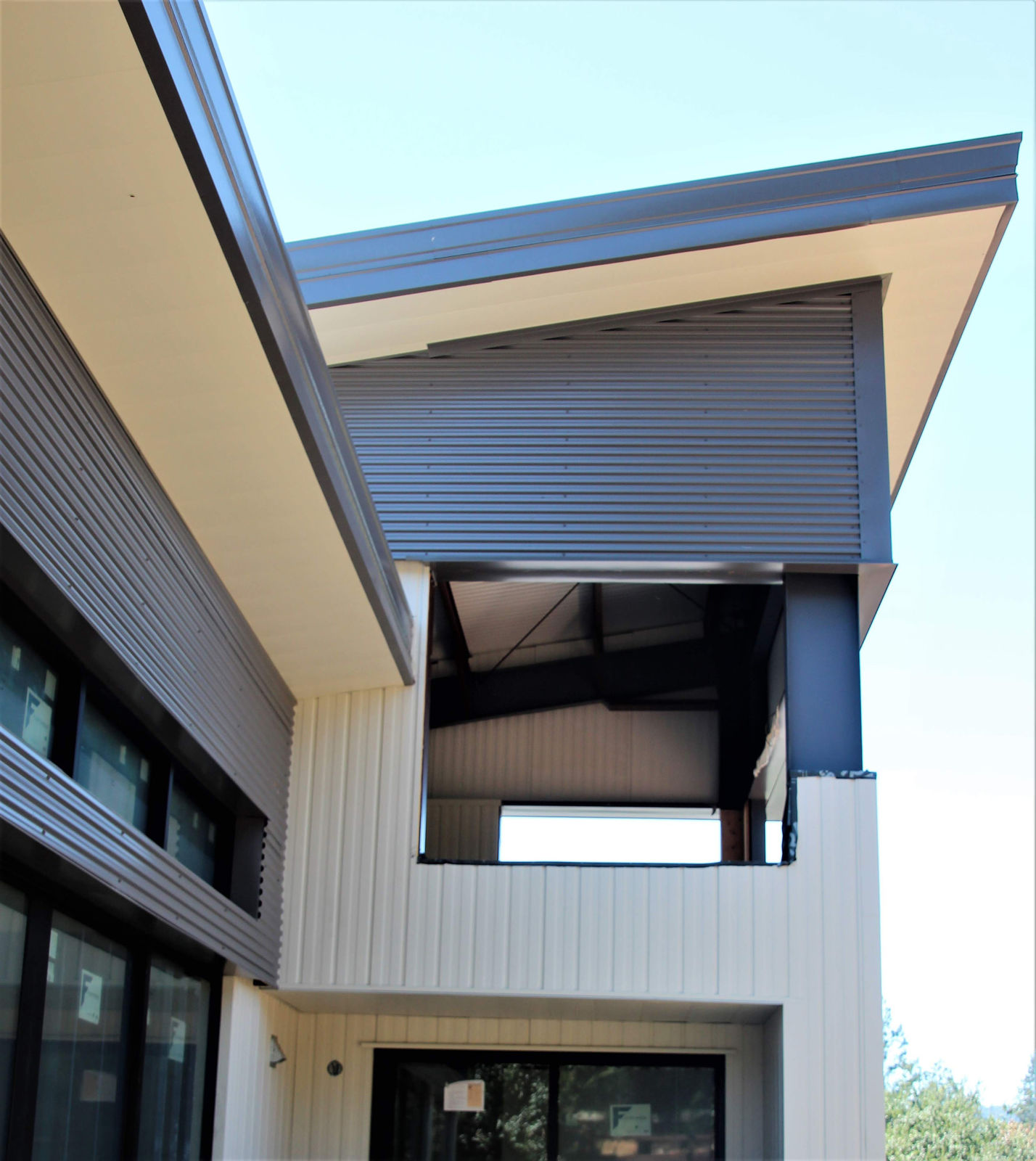
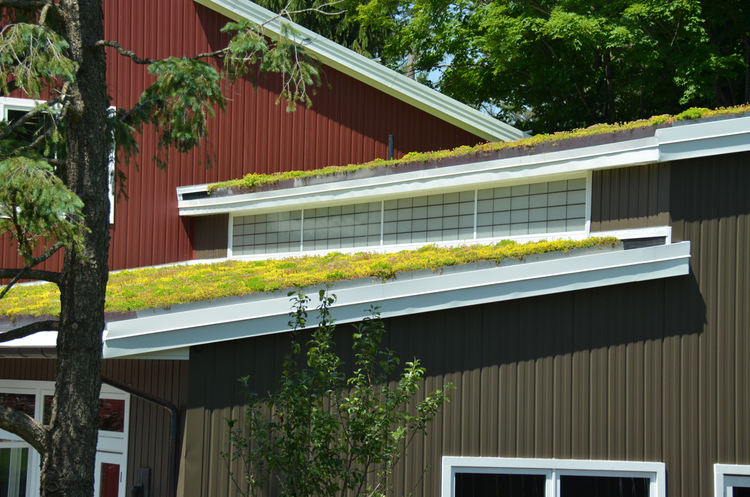
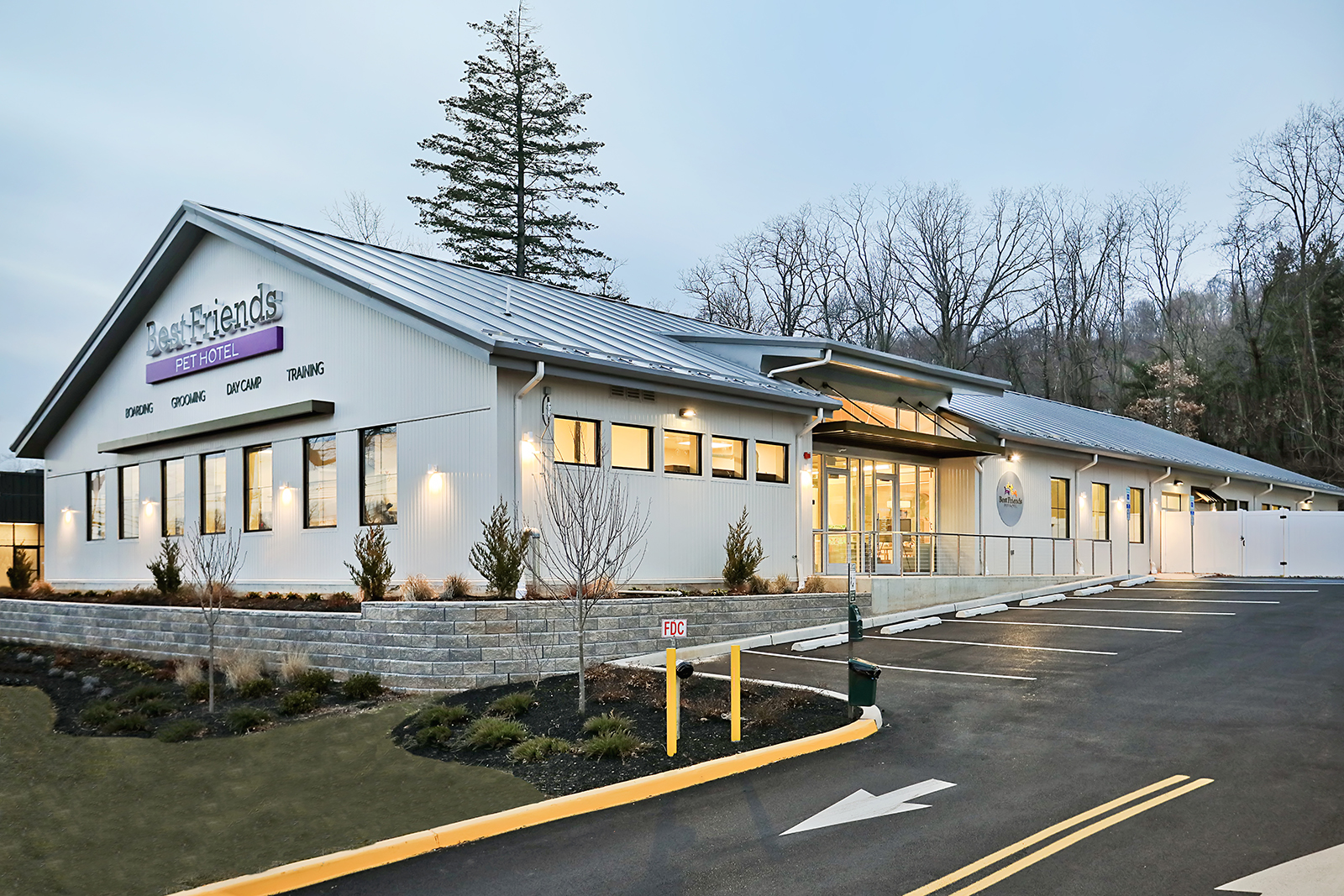
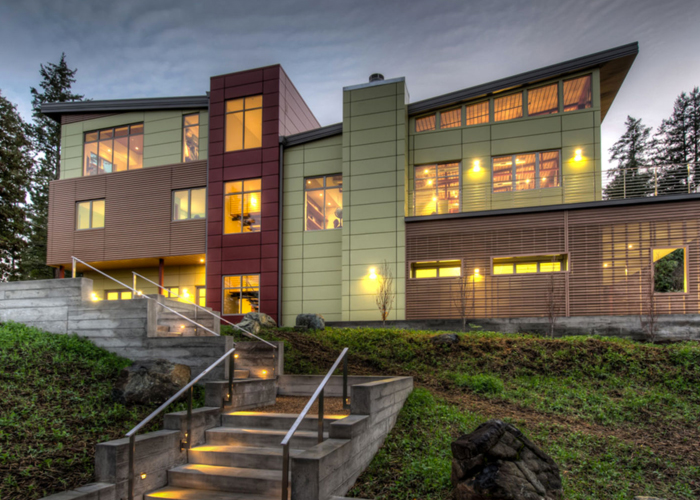
You must be logged in to post a comment.